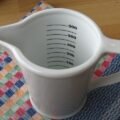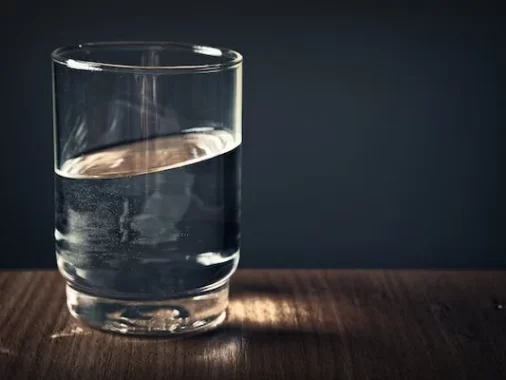In the world of measurements, being able to convert between different units is a valuable skill, especially when dealing with cooking, baking, or following medical instructions. One common conversion that often comes up is the conversion from milliliters (ml) to fluid ounces (fl oz). In this guide, we will explore how many ounces is 75ml and how to convert 75 milliliters to fluid ounces, providing you with a simple and quick method to make this conversion accurately.
75 milliliters (ml) is approximately equal to 2.54 fluid ounces (fl oz) when rounded to two decimal places.
Understanding the Units
Before we dive into the conversion, it’s important to understand the units involved:
Milliliters (ml): Milliliters are a metric unit of volume commonly used in the international system of units (SI). They are often used for precise measurements of liquids, such as water, milk, or ingredients in recipes. One milliliter is equivalent to one-thousandth of a liter.
Fluid Ounces (fl oz): Fluid ounces are a unit of volume used primarily in the United States customary and British imperial systems. They are commonly used for measuring liquids like beverages and medicine. The conversion factor for fluid ounces can vary depending on the system used, but we’ll use the U.S. customary fluid ounce in this guide.
The Conversion Factor
To convert milliliters to U.S. customary fluid ounces, you’ll need to use the following conversion factor:
1 milliliter (ml) ≈ 0.033814 U.S. fluid ounces (fl oz)
This means that one milliliter is approximately equal to 0.033814 U.S. fluid ounces.
Converting 75 ml to oz
Now, let’s apply this conversion factor to convert 75 milliliters to fluid ounces:
Step 1: Start with the quantity in milliliters, which is 75 ml.
Step 2: Apply the conversion factor:
75 ml × 0.033814 fl oz/ml ≈ 2.53605 fl oz
So, 75 milliliters is approximately equal to 2.53605 U.S. fluid ounces.
Practical Uses of the Conversion
Understanding how to convert milliliters to fluid ounces can be incredibly useful in various situations:
- Cooking and Baking: Many recipes provide measurements in milliliters, especially in countries that use the metric system. If a recipe calls for 75 ml of a specific ingredient, you can quickly convert it to fluid ounces to ensure accurate measurements.
- Medication Dosages: Some medications are prescribed in milliliters, while dosage instructions on over-the-counter medicines might use fluid ounces. Being able to convert between these units ensures you take the correct amount.
- Beverage Service: Whether you’re hosting a party or simply making a refreshing drink, knowing how to convert milliliters to fluid ounces helps you serve the right portions.
FAQs
What size is 75 mL?
75 milliliters (mL) is equivalent to a relatively small volume, often found in small containers, bottles, or vials. To give you an idea of calculating 75ml to ounces or containers size:
It’s approximately 1/13th the volume of a standard 1-liter bottle (such as a typical soda or water bottle).
It’s roughly equivalent to 0.075% of a liter.
In terms of U.S. customary fluid ounces, it’s about 2.54 fluid ounces.
The specific container or item that holds 75 mL may vary, but it’s generally considered a small to moderate quantity of liquid or substance.
what is 1500 ml in oz?
1500 milliliters is approximately equal to 50.7 fluid ounces.
How big is a 75ml container?
A 75ml container is relatively small, used for travel-sized toiletries, medicines, or condiments, and its specific dimensions can vary.
How many ounces are in a 750ml?
There are approximately 25.36 fluid ounces (fl oz) in 750 milliliters (ml)
75 ml is how many ounces?
75 milliliters is approximately 2.53605 fluid ounces.
how much is 75 fl to oz?
75 fluid ounces is approximately 2,218.01 milliliters.
Conclusion
Converting 75 milliliters to fluid ounces is a simple and useful skill to have. By understanding the conversion factor and following the straightforward calculation, you can quickly and accurately make this conversion. Remember to round your result for practicality in real-life situations, making it easier to follow recipes, administer medications, or serve beverages with precision. This guide serves as a valuable reference for anyone seeking to make accurate conversions in their daily activities, ensuring precision and success in various tasks.





